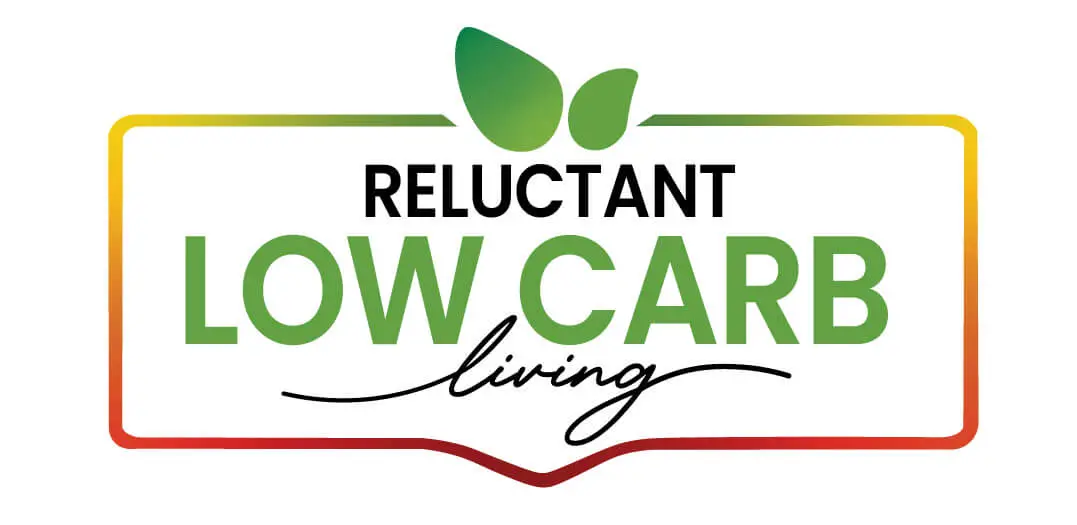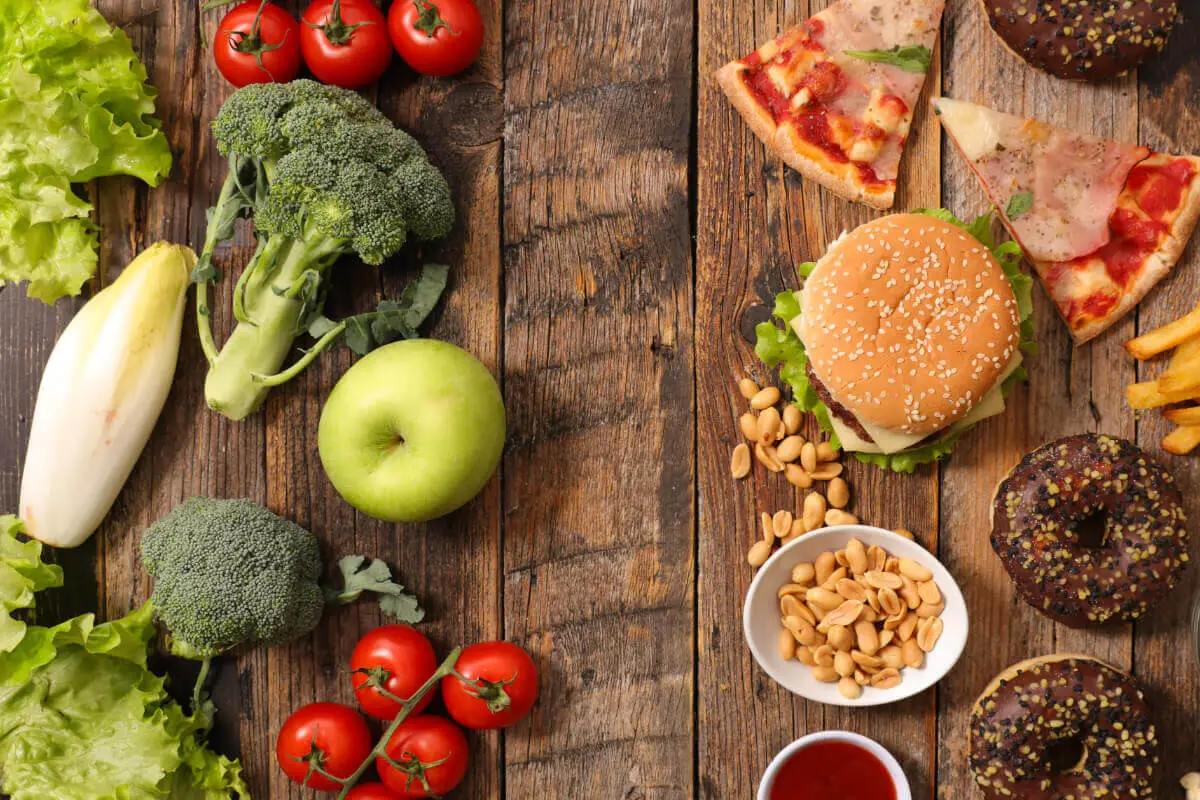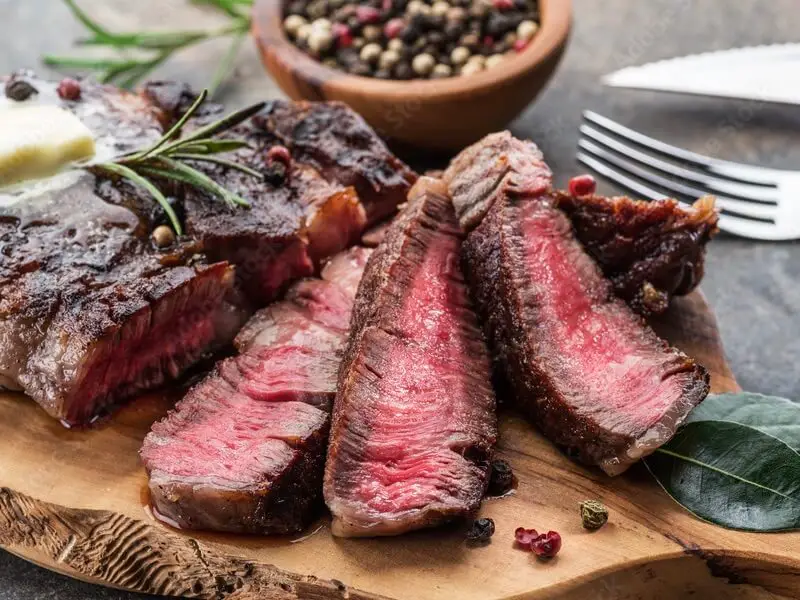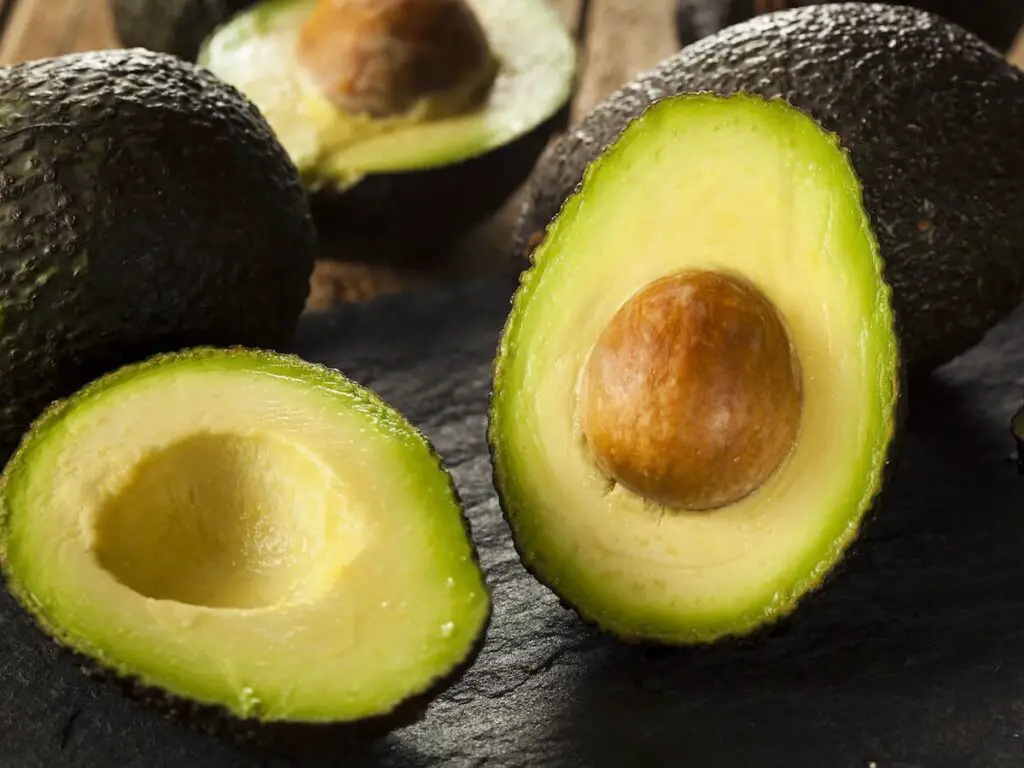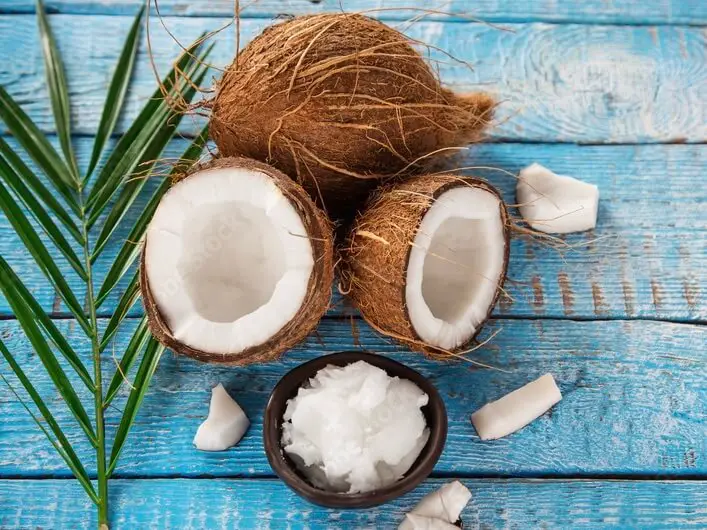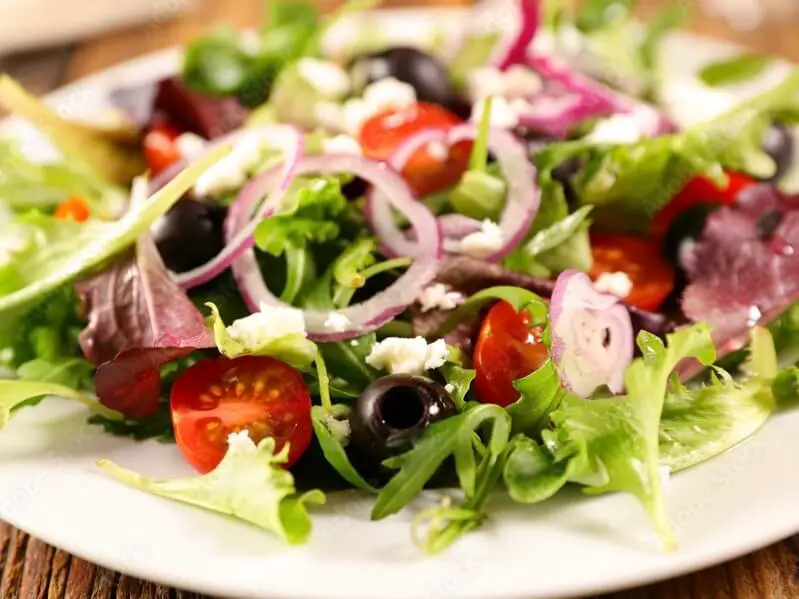The advent of ultra-processed foods has dramatically reshaped the food landscape – fondly labeled as ‘convenience foods,’ they subtly infiltrate our daily consumption patterns, often without us fully acknowledging their pervasive presence. These foods, also known as UPF (Ultra Processed Foods), are omnipresent, from supermarket aisles to our pantry shelves, virtually dominating every meal and snack of our day.
Ascending beyond the ordinary limits of processed foods, UPFs represent an extreme variant fabricated using many industrial methods and comprised primarily of ingredients rarely used in home cooking. However, recognizing these foods, understanding their potential health impacts, and learning to navigate the complexity of food labels are instrumental in restructuring our dietary choices for improved health and wellness.
Table of Contents
- Understanding Ultra-processed Foods
- The Health Impacts of Ultra-Processed Foods
- Navigating the Supermarket: Identifying Ultra-Processed Foods
- Reimagining Meal Plans Without Ultra-Processed Foods
- Related Question
Understanding Ultra-processed Foods
Heading: “Navigating Ultra-Processed Foods: Decoding The Glitz of Modern Meals”
In every nook and cranny of the supermarket, from the vibrant snack aisles to the seemingly intuitive frozen food section, resides an army of contestants vying for the attention of every shopper. They’re persuasive, attractive, and undeniably convenient—these Ultra-Processed Foods (UPFs) have pretty snugly settled into our daily dietary patterns.
Now, when discussing UPFs, let’s not get lost in jargon. Instead, consider this: Are the meals and snacks glossy with artificial colors? Is the list of ingredients more extended than a children’s bedtime story, filled with unpronounceable words? Welcome to the world of UPFs!
At their core, Ultra-Processed Foods are industrial formulations made predominantly of substances extracted from foods or derived from constituents with little, if any, intact food. Driven by profit, these foods are often mass-produced, packaged, and marketed aggressively.
One might wonder why there is a massive consumption of these UPFs. Well, the answer lies in our modern times. These foods lure with three magical factors: shelf-stability, convenience, and hyper palatability. For a generation that’s always on the go, UPFs are like the stars in the fast-food galaxy. They’re there, they’re easy, and, honestly, they’re pretty tasty.
If we delve deeper into our pantries, these UPFs make up much of our daily meals! A study in the BMJ Journal in 2018 found that ultra-processed foods make up a staggering 58% of total energy in the average US diet. Just for a second, let’s let that number marinade in our minds – more than half of the American diet is essentially made up of nutrient-stripped, heavily processed foods.
Let’s perform a simple experiment: Walk into any store and try to find a food item with less than five ingredients. Does that packet of potato chips still seem as charming?
However, all this information isn’t meant to create panic or cause a dump of your entire fridge’s contents. It’s about becoming more mindful shoppers and thoughtful consumers. It’s about understanding that what dazzles the eyes does not always nourish the body. In the contest between convenience and health, may the latter always emerge victorious.
After all, they say, “You are what you eat.” But the real question is – what are we choosing to become?
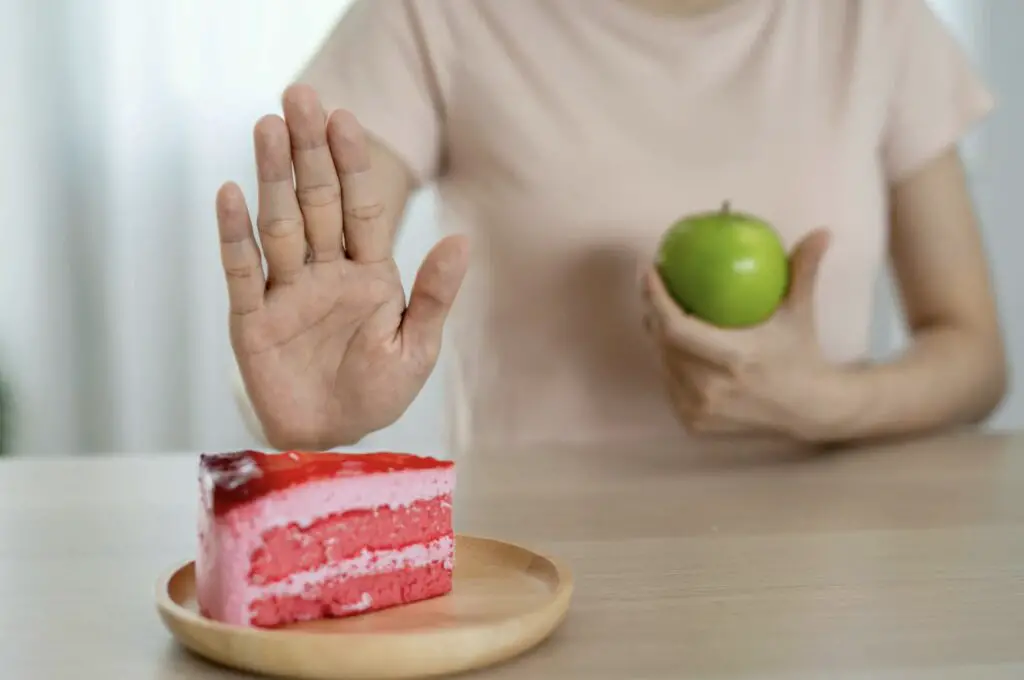
The Health Impacts of Ultra-Processed Foods
Diving into the Health Impact of Ultra-processed Foods
Transitioning from the nuts and bolts of what UPFs are is essential – but equally important is considering the divergent landscapes beyond their ease and accessibility. Among the hottest topics permeating health arenas today are the potential physical consequences of reliance on these food options. It’s less about fear-mongering and more about being well-informed for a lifestyle curated judiciously.
Interrupting Body’s Natural Balance
Most noted among possible health risks associated with UPFs is the disruption of the body’s harmonious balance. High amounts of artificial additives, sugars, and fats in these foods often lead to excessive caloric intake. This could pave the way for weight gain and a higher risk of obesity. Here’s an aesthetic tip – a healthy body lends to a healthy image. Besides, maintaining an ideal weight is not merely about appearances; it’s about feeling great from the inside and radiating that energy outwards.
Heart Health Takes a Hit
Fashion isn’t the only trend to stay on top of; heart wellness is equally crucial. Extensive research has linked a diet high in UPFs with increased markers of cardiovascular diseases. These food options are often sodium-rich, contributing to elevated blood pressure levels. Hypertension, like the latest runway faux pas, is best avoided for a life that’s poised and well-curated.
Diabetes: A Potential Casualty
Another looming threat in the world of processed foods is diabetes. The excessive refined sugars in these foods can dialectically contribute to increased blood sugar levels, increasing an individual’s propensity for type 2 diabetes. A lifestyle that navigates away from these high-risk foods exudes a penchant for intelligent, mindful living.
Gut Health – A Place Where First Impressions Matter
Besides the fact that vibrant skin often starts with good gut health, UPFs can dramatically alter gut microbiota. This may impair the body’s ability to absorb vital nutrients and balance the immune system. Remember, overall wellness is undeniably chic!
Farewell Ultra-Processed Foods?
Saying an outright farewell to UPFs is unrealistic and unnecessary. Instead, let’s pull focus towards balance. It’s about creating a conscious palate inclined towards fresh, whole foods while allowing room for occasional indulgence. The idea is to enjoy mindful culinary adventures that don’t compromise health or style quotient.
The key takeaway from this elaborate discourse isn’t an aversion towards UPFs. Instead, it’s the understanding that well-informed choices and moderation contribute to a lifestyle desiring overall wellness. Provoking individuality is essential, and maintaining a solid fashion sense further invites various healthful eating choices.
In the end, staying fashionable is about embracing uniqueness, and what’s more unique than a lifestyle that beautifully intertwines chic aesthetics with robust health? Remember, the intimate art of living well is not only about what gets posted online but about the unseen choices that invigorate the body and undeniably build the brand called ‘You.’
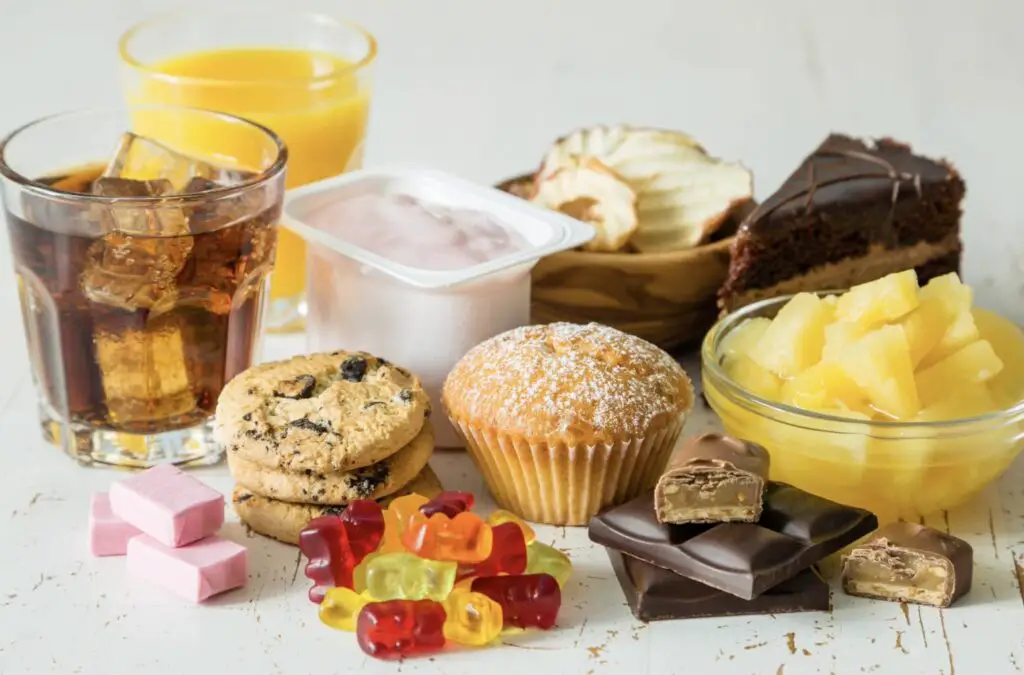
Navigating the Supermarket: Identifying Ultra-Processed Foods
Grocery Shopping Tips to Avoid Ultra-Processed Foods
Navigating grocery store aisles can be tricky when one’s radar is dialed in on steering clear of ultra-processed foods. But it can be done relatively quickly with some strategy and a dash of that classic discerning style. Ready to lead the charge towards mindful grocery shopping bordering high fashion?
Let’s take a cue from what fashionistas tell us. Just like a wardrobe, consider constructing a weekly meal plan. It’s a strategic roadmap that guides purchases, reduces impulsive decision-making, and helps avoid fallbacks into unhealthy choices. Much like an outfit, a well-curated meal plan can speak volumes, reflecting a deep thought process and a commitment towards well-being and style.
Invest in a trusty shopping list before hitting the grocery store. This might seem quaint and old-fashioned, but there’s something remarkably chic about a person who knows exactly what they want and isn’t generally susceptible to last-minute deviations. Not unlike a perfect ensemble put together with care and intention.
Remember that first impressions matter. Just as one wouldn’t pick an outfit without thoroughly assessing it, the same applies to food items. Foods with bright color packaging might seem attractive, but that’s the marketing charm for you! Fresh food aisles hosting a vibrant array of fruits, vegetables, and lean proteins are the real catwalk where you get the most bang for your buck, nutrition-wise.
Train to become a label detective. When picking any packaged food, aim to understand its story. Much like a fashion piece, a food label displays its ingredients proudly. If too many unfamiliar words exist, it’s time to get decisive.
Try opting for alternatives with less complicated or shorter ingredient lists. The fewer the ingredients, the more recognizable they are, the closer they are to being minimally processed.
And finally, foster a flexible mindset. Maintaining a balanced mix is vital, like a wardrobe filled with diverse clothing and accessories. Altogether, banning ultra-processed food isn’t practical. Occasionally, there’s room for a little treat; a small indulgence can be a great morale booster.
Purchases can still be made mindful by choosing the lesser-processed version of the guilty pleasure. So, chips with simple ingredients or smaller dessert portions can be considered.
Nobody said evading the ultra-processed foods would be easy, but it doesn’t have to be drab or boring. Like fashion, it balances looks (taste) and comfort (nutrition). So, approach the grocery aisles with the same verve as a fashion runway.
Take control and let that uniquely styled, health-conscious, influential persona shine through with each consciously made purchase. Remember, every bite counts, just as every fashion choice does. And they both intertwine to create a fabulous style statement. Happy shopping!
Reimagining Meal Plans Without Ultra-Processed Foods
Curating a lifestyle that combines top-notch aesthetics and a love of cuisine requires more than a keen eye for design. It necessitates a deep dive into the food world, even when ultra-processed foods (UPFs) tend to dominate the shelves.
While it’s common knowledge that UPFs are abundant in our consumption cycle, it’s not an inevitable trap. With smart decisions and clever swaps, crafting a diverse meal plan is more than possible sans the high-octane processing.
The key lies in scoping out alternatives that are just as delectable – if not more so – without taking a toll on our well-being. One secret weapon? Whole foods. Opting for whole foods puts us in charge of what we’re putting into our bodies; honestly, that’s a power move. Instead of processed sugars and sodium, we can use natural sweeteners like raw honey and swap sodium-rich seasonings for aromatics like garlic and basil.
Making these swaps while considering convenience and aesthetics might seem daunting, but it’s surprisingly doable. Practical but trendy lifestyle choices can be the antidote, like stylish meal prep containers or a sleek glass water bottle to satisfy the thirst, replace a soda, and earn some style points.
Let’s not forget about catering to our bijou cravings. Yes, we’re steering clear of UPFs, but that doesn’t mean subduing the sweet tooth altogether. We can indulge guiltlessly, such as cooking a batch of homemade cookies using wholesome ingredients or savoring artisanal dark chocolate. These treats not only taste delicious but also add an element of sophistication to our lifestyle.
Creating a grocery list shouldn’t feel like assembling a puzzle. It’s about choosing items that resonate with us, inspire our aesthetic sense, and support our health. This approach transforms shopping into a holistic experience, connecting our lifestyle choices to the food we consume.
We do more than fill a cart by selecting products with clean labels and recognizable ingredients. We further cultivate our unique lifestyle and uphold an image that exudes health consciousness and charismatic influence.
We present a chic and conscious lifestyle by intertwining aesthetics and good health. No, it’s not about perfection, but a journey to create a more mindful existence – where we can groove in high fashion, embrace simplicity in sophistication, and, most importantly, nod to the importance of healthful eating. The result? It is a lifestyle sketch that flares with influence and teems with vitality where UPFs don’t find a space.
The magic lies in balance, not limitations. In inclusivity, not exclusivity. A socially and stylistically relevant persona can coexist with maintaining a healthy diet. It just takes a sprinkle of fashion, a twist of savvy choices, and a hearty commitment to well-being.

As we traverse a path to improved health and wellness, we must learn to reimagine our meals, paving the way for a future untouched by ultra-processed foods. The journey starts in the heart of your home – the kitchen.
By fostering culinary curiosity and creating meals packed with natural, wholesome ingredients, we can enjoy delicious and nutritious foods without succumbing to the convenience of UPFs.
The real challenge is not giving in to the appeal of ultra-processed foods but instead seeking pleasure in healthy and delicious meals. Adopting this transformative lifestyle doesn’t mean sacrificing flavor or satisfaction; it paves the way for a vibrant, healthier, and more fulfilling life. Here’s to embracing a future filled with the profound flavors of authentic, unprocessed food.
At Reluctant Low Carb Life, we are staunch advocates of the Health Trifecta: Fullness, Fitness, and Freshness. Additionally, we embrace the pillars of health, wellness, and graceful aging. Our mission is to provide honest and precise information to individuals dedicated to adopting a healthy lifestyle while enhancing their fitness and well-being.
We have a free monthly newsletter that is filled with information and helps you remain updated. Subscribe to the Reluctant Low Carb Life newsletter by clicking here.
Listen to our weekly podcast, Reluctant Low Carb Life, on all the major podcast platforms by clicking here.
Follow us on Instagram and Facebook by clicking here.
Related Question
10 Lessons From The US Army’s “Fat Camp” For Transforming Lives
Fort Braggs implemented a 90-day program known as “Army Prep” or “Fat Camp” to prepare potential recruits for the Army’s basic training to address this issue. At Reluctant Low-Carb Life, we love the idea of the ‘Fat Camp,” and we feel there are many things we can learn from this concept. Read on as we explore ten lessons we can learn from the US Army Fat Camp concept.
You can read more about 10 Lessons From The US Army’s “Fat Camp” For Transforming Lives by clicking here.
What Is The Best Low Carb Diet Plan?
The carb diet plan is more than just a diet you follow; it is a way of eating. To be successful on the low-carb diet, you need to change how you think about food and the foods you eat. You can eat protein from meat, seafood, and eggs, vegetables that grow above the ground, and fats on a low-carb diet. You should avoid all sugar, carbs, and starches.
You can read more about What Is The Best Low Carb Diet Plan? by clicking here.
The Benefits Of Daily Weighing: A Key Habit For Weight Management
Daily weighing is essential to help you lose weight and maintain a healthy lifestyle. While some may be hesitant to step on the scale each day, understanding the reasons behind this practice can highlight its significance in both weight loss efforts and weight maintenance. Read on as we explore the benefits of daily weighing and why it can help you stay accountable and make necessary adjustments to your lifestyle.
You can read more about The Benefits Of Daily Weighing: A Key Habit For Weight Management by clicking here.
